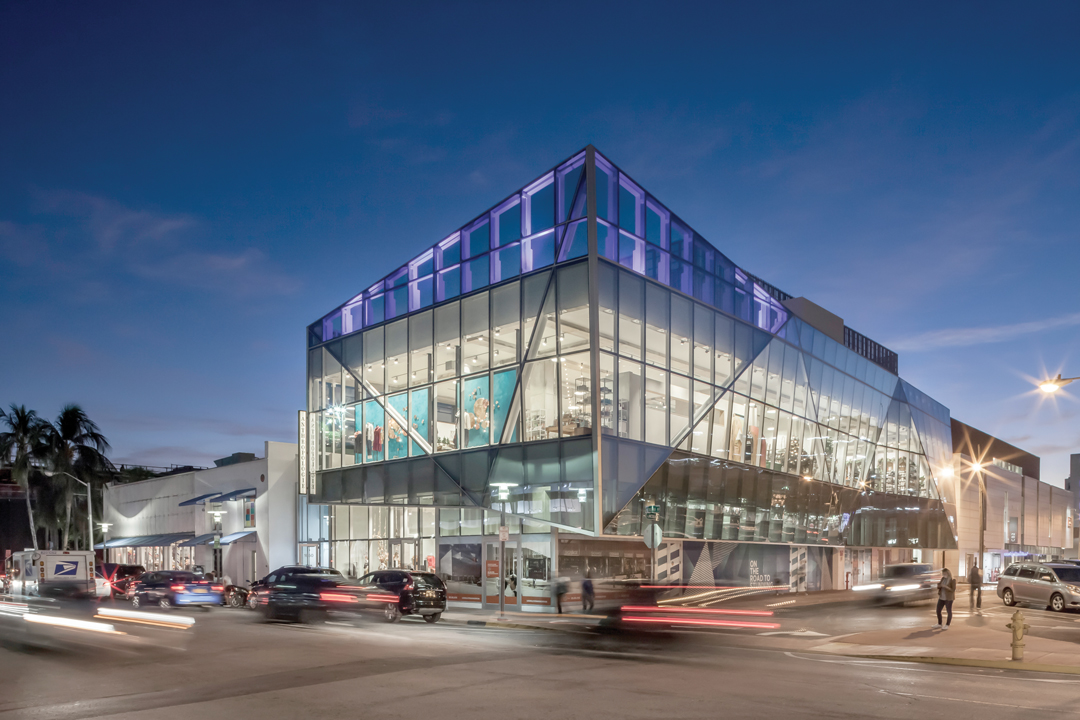Inside the Inner Workings of Commercial Real Estate – A Spotlight on Retail Property Managers
June 25, 2018 — TERRANOVA TRENDS — BY ANDREA SPEEDY After the deal is done and the lease is signed, the heavy lifting in the commercial real estate business truly begins. The Property Manager becomes the key point of contact for multiple stakeholders in a particular space, including the tenant, contractors, city and municipal inspectors, business improvement district (BID) directors, marketing teams, and the property owner or landlord itself. It is a fast-paced, non-stop, always-on career that is as challenging as it is rewarding.
“To say we’re jacks of all trades would be an understatement,” says Ozzie Dominguez, a 30-year veteran of property management, and a valued member of the team at Terranova. “Sure, we collect rents – as most people know. But we also coordinate hundreds of different tasks in a given day and oversee dozens of relationships. Those relationships are essential to how anything gets accomplished.”
Dominguez, who has served as a real estate Vice President, and held other leadership roles in the industry explains that his experience is not one-of-a-kind. Successful Property Managers who stay in the field as long as he has have all learned a number of essential truths to doing business. He then goes on to explain that what the general public believes a property manager does is only the tip of the iceberg. “We’ll often hear that we work for the landlord, and that’s technically correct. But we’re truly resources for our tenants. We’re absolutely working on our retailers’ behalf to help them stay in business and stay profitable. A successful tenant means a property that’s producing income.”
CLICK HERE TO READ THE LATEST INSTALLMENT OF TERRANOVA TRENDS


